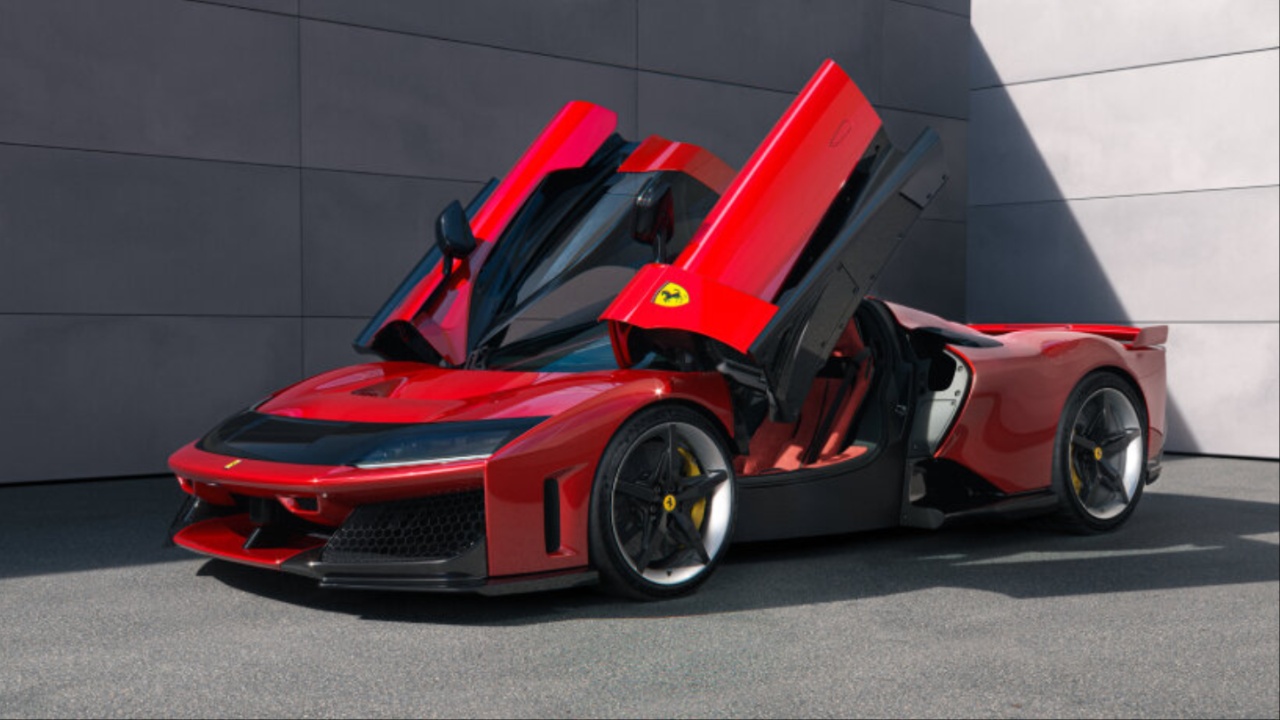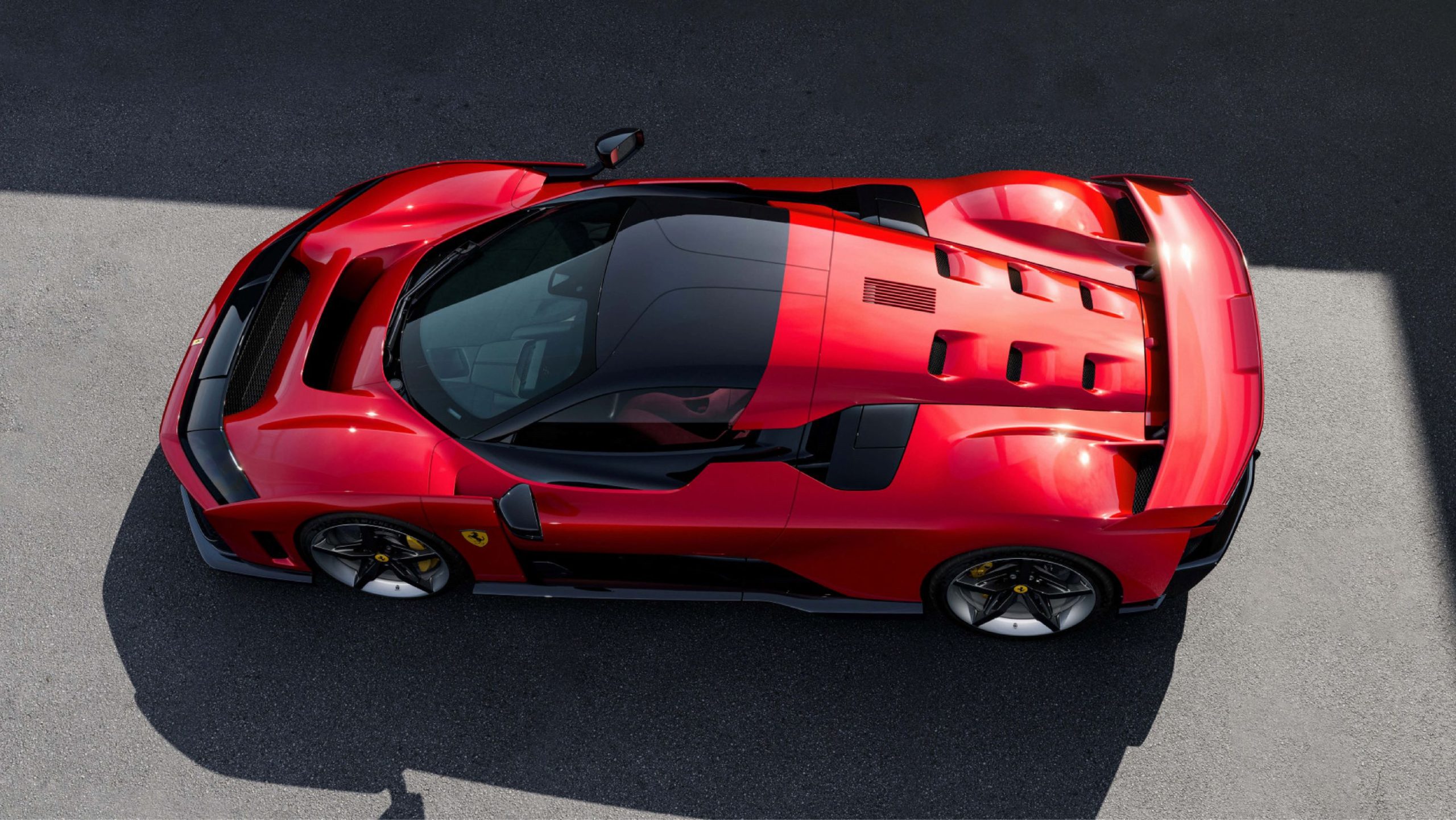At Ferrari’s E-Building in Maranello, a red-painted chimney symbolizes the height restriction for Ferrari buildings, reflecting the company’s desire to stay in harmony with its surroundings. Despite Ferrari’s global reputation for producing elite supercars, this unassuming landmark highlights the company’s respect for its home town.
Among Ferrari’s legendary line of high-performance cars, which includes icons like the 288GTO and LaFerrari, the 2026 Ferrari F80 now takes center stage. This new model is not just a car, but an event—marking the pinnacle of Ferrari’s street-legal performance.
The F80 distinguishes itself from its predecessors, the Enzo and LaFerrari, by opting for a 3.0-liter V-6 engine instead of a V-12. This shift aligns with Ferrari’s current Formula 1 powertrain technology, favoring performance over nostalgia.
The twin electric turbochargers eliminate lag, helping the engine produce 888 horsepower, with an additional 296 horsepower coming from electric motors.
These motors assist with torque vectoring and enhance the car’s power output to 1184 horsepower. But despite this staggering figure, it’s the F80’s downforce of 2315 pounds at 155 mph that truly sets it apart.

Ferrari engineers have prioritized aerodynamics in the F80, creating a car that generates more downforce than many other supercars. The F80 achieves this with advanced active aero features, including a rear wing that adjusts based on driving conditions.
The sleek bodywork hides extensive aerodynamic elements, such as a specially designed carbon-fiber underbody that channels air efficiently to increase downforce. The front of the car, designed to improve both cooling and airflow, effectively serves as a massive wing, enhancing stability at high speeds.
The F80’s suspension system is just as advanced as its aerodynamics. Ferrari collaborated with Multimatic to create a 48-volt active suspension that adapts to various driving conditions, maintaining comfort at low speeds and handling the extreme downforce at high speeds.
The rear wing deploys automatically at 37 mph or above, ensuring optimal aerodynamic performance. With this system, the F80 remains both a high-performance track car and a capable road vehicle, with an electronically limited top speed of 217 mph.
Inside the F80, the cabin offers room for two occupants, though with an unconventional layout. The passenger’s seat is slightly offset to the rear, sitting atop padding built into the car’s carbon tub, while the driver’s seat is more adjustable and positioned forward.
This design subtly emphasizes the driver’s role and comfort, offering a unique experience for both occupants. While the cockpit is compact, Ferrari has ensured that both driver and passenger have enough space, although taller passengers may find it a snug fit.
To ensure the F80 remains reliable over time, Ferrari has introduced the “Ferrari Forever” program. This initiative guarantees that high-voltage batteries, crucial for the F80’s hybrid system, will be available for decades to come, ensuring the longevity of the vehicle.
With a price tag of around $3.1 million, the F80 will be a highly coveted supercar, blending Ferrari’s history of innovation with cutting-edge technology and performance, securing its place in the company’s prestigious lineup.

